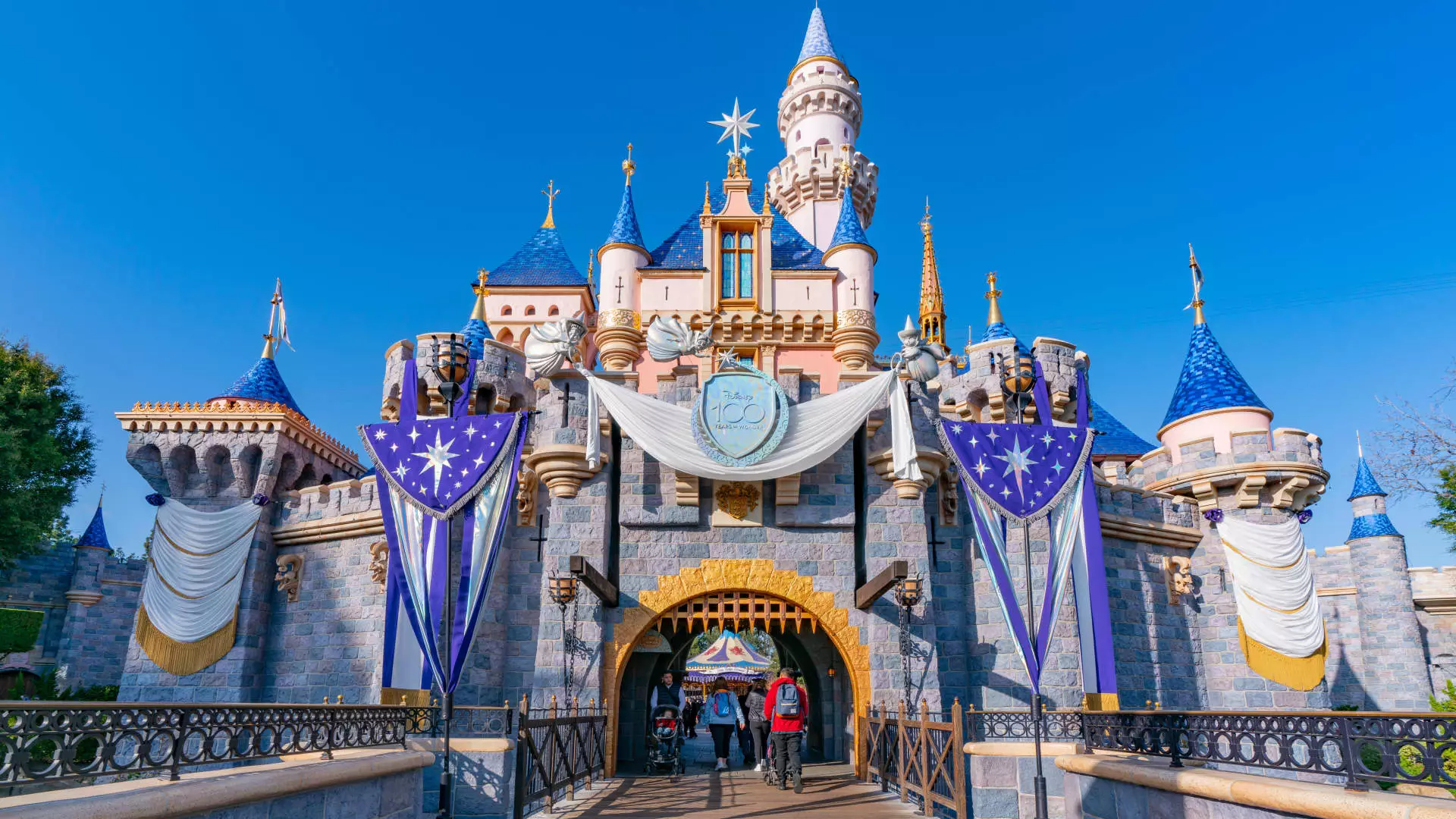In a move that has stirred discussions among Disneyland patrons and fans, the iconic theme park is set to implement a series of price increases on admissions and annual passes. While basic entry remains unchanged at $104, other ticket tiers will experience price hikes ranging from $7 to $12, translating to an increase of approximately 5.9% to 6.5%. Furthermore, Disneyland’s Magic Key annual passes are also seeing significant upticks, surging anywhere from 6% to an eye-watering 20%, which amounts to an additional cost of $100 to $125, depending on the specific pass. These adjustments, effective immediately, highlight the delicate balance Disneyland seeks to maintain amidst rising operational costs and customer expectations.
As the cost of experiencing the magic of Disneyland escalates, customer sentiment is an essential factor to consider. Many regular park-goers have expressed concerns regarding the affordability of visiting the park, arguing that consistent increases in ticket prices and ancillary fees render what was once a family-friendly outing into a luxury experience. This sentiment is compounded by rising living costs in general, making each visit feel more like a financial burden than a joyful escape.
Disneyland has been flexible in its attempts to soften this blow by offering promotional options tailored to lower-income families. For example, the recent announcement of $50 kid tickets, which become available on October 22, showcases the company’s effort to accommodate those who wish to visit during off-peak periods, thus alleviating some of the pricing pressure.
Disneyland employs a demand-based pricing model, akin to practices observed in airlines and concert venues. High-demand periods—holidays like Christmas and Halloween, as well as school vacations—naturally command higher ticket prices due to increased visitor levels. Consequently, Disneyland’s pricing structure is tiered, with lower-demand days priced more affordably. For instance, during the quieter months of January and February, a family of four can enjoy a day at the park for just $308, a remarkable deal when compared to peak periods.
However, the new price structure may alienate some visitors who can only afford to go during high-demand times. Critics argue that this model disproportionately affects families who are unable to juggle work and school schedules to visit during off-peak periods, effectively pricing them out of the experience altogether.
Disneyland’s Magic Key program, which bundles various benefits and park access, has also been impacted by these price hikes. Each tier of the Magic Key comes with different access levels and added perks. The lowest tier, Imagine, now costs $599, while higher tiers like Believe and Inspire are even steeper at $1,374 and $1,749, respectively. While there are tangible benefits—such as early access to new rides and discounts on various services—it’s clear that the increasing costs may deter potential passholders seeking a more affordable annual experience.
Interestingly, while Disneyland in California is making these adjustments, Disney’s Orlando park, Walt Disney World Resort, has remained silent on any upcoming price changes. This signals a potential disparity in strategies. Already, the pricing structure for various attractions within Walt Disney World for future years reflects an uptick, leading to speculation regarding future price hikes across Disney parks.
Disneyland faces a pivotal moment. Price increases are a necessary mechanism for managing costs and sustaining operational quality. Yet, without careful consideration of customer needs and market dynamics, Disneyland risks losing its charm as an accessible family-friendly destination, transitioning into a premium experience few can afford. How the company navigates this balancing act moving forward will ultimately determine its long-term relationships with its loyal patron base.


Leave a Reply